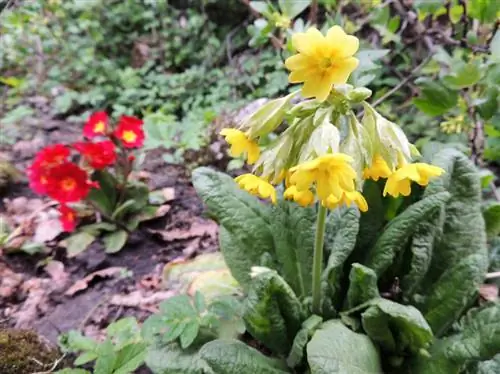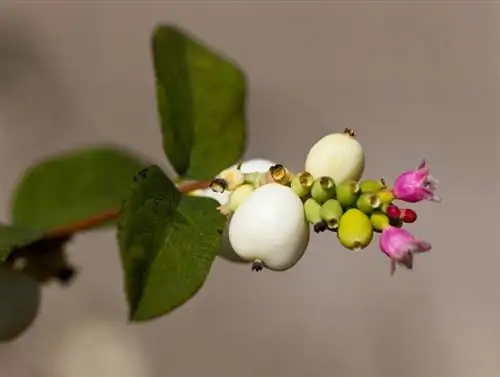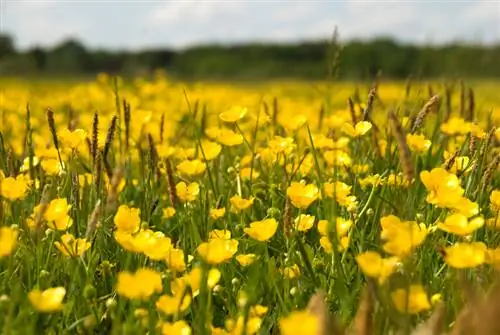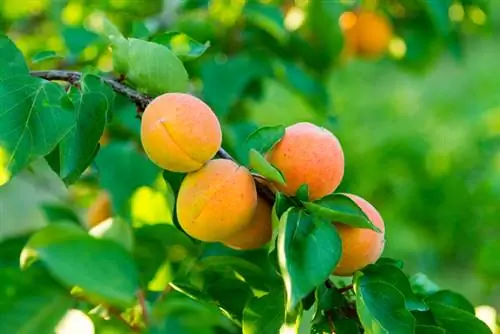- Author admin [email protected].
- Public 2023-12-16 16:46.
- Last modified 2025-01-23 11:20.
They are known among experts for their early flowering, their multifaceted nature, but also for their poisonous potential - the primrose family. So that in the future you too know what we are talking about when the term primrose family is mentioned, we have summarized their characteristics here.
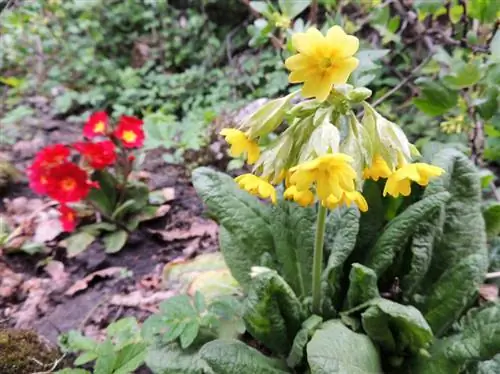
What are the properties of primrose plants?
Primroses (Primulaceae) are a plant family with around 2590 species worldwide, which includes both annual and perennial plant species. They are characterized by their early flowering period, a toxic glandular secretion called primin and healing saponins. Popular ornamental plants are cup primroses and cushion primroses.
More than 2500 species worldwide
In the world there are 58 genera and around 2590 species that belong to the primrose family. That's quite a lot! At least 10 genera and 10 species are native to Central Europe. The other representatives live from the northern hemisphere to the tropics.
Primroses are 'the first'
The primrose family, which is botanically referred to as Primulaceae and belongs to the order of heathers, shows one of its most important characteristics with its name. 'Primula' is derived from Latin and translated into German means 'the first'. This refers to the early flowering period.
Annual or longer growing plants
The primrose plants are annual or perennial herbs or woody plants such as subshrubs, bushes, trees and lianas. They survive in the soil with the help of their rhizomes or tubers. As a rule, they are extremely cold tolerant. It is not without reason that they are widespread in high mountains and the Arctic.
Main external features that unite everyone
In most primrose species, the leaves have grown together to form a basal rosette. In very few species the leaves are alternate or opposite on the stem. They are simple in structure, smooth-edged or serrated. There are no stipules.
The flowers are the main reason for the popularity of these plants. You:
- stand singly, in bunches, umbels or panicles
- are hermaphroditic, radially symmetrical and fivefold
- have a double perianth
- five free stamens and an upper ovary protrude from the center of the flowers
- are pollinated by insects
- develop into capsule fruits
Primrose family: poisonous, medicinal and ornamental
Primrose plants produce a glandular secretion called primin. It is toxic and known to cause skin irritation. The saponins in the primrose family, on the other hand, are known for their healing effects. Many primrose plants are also important as ornamental plants.
Tips & Tricks
The most popular and proven primrose plants for the garden and pots include cup primroses and cushion primroses.

